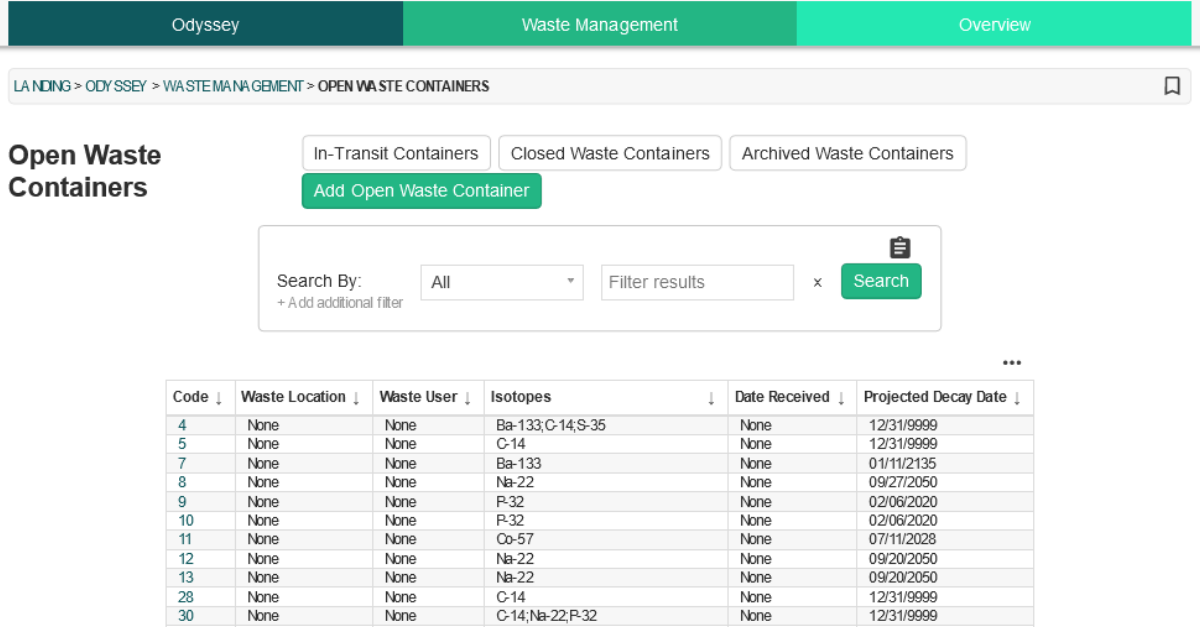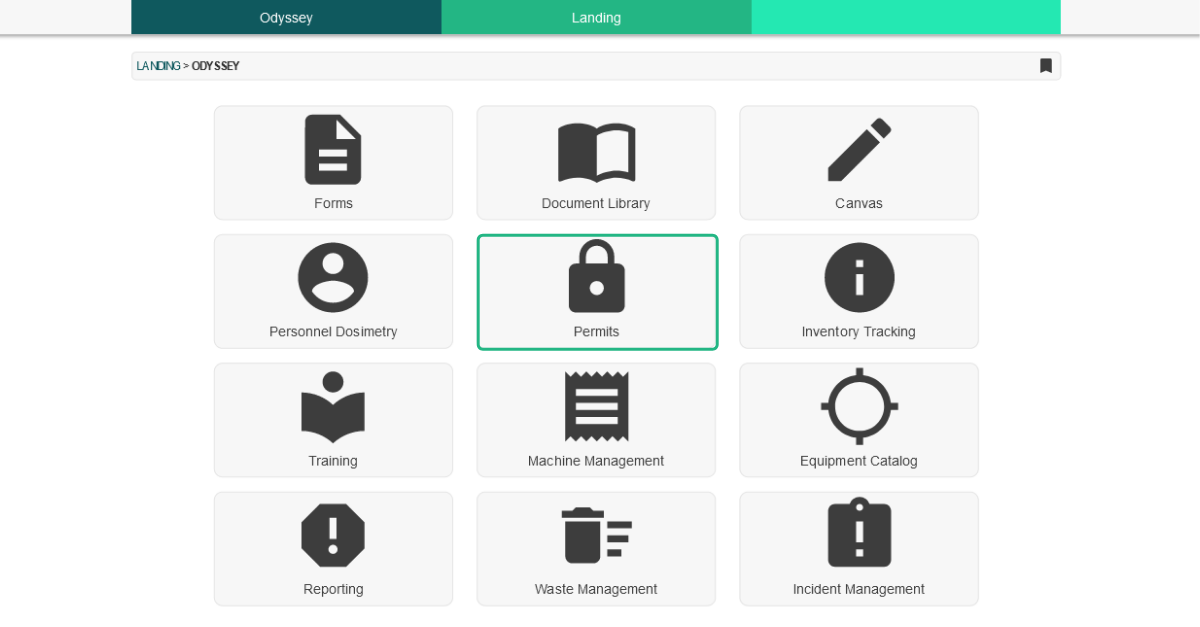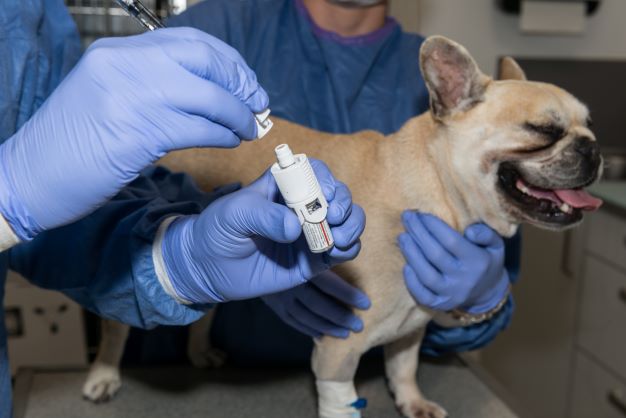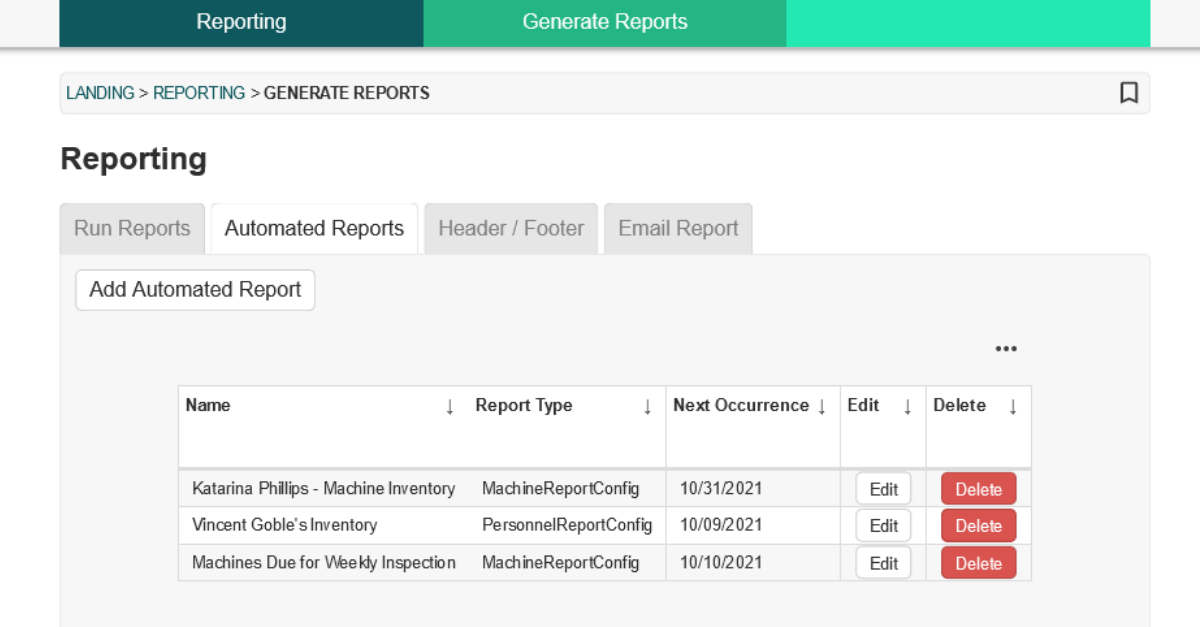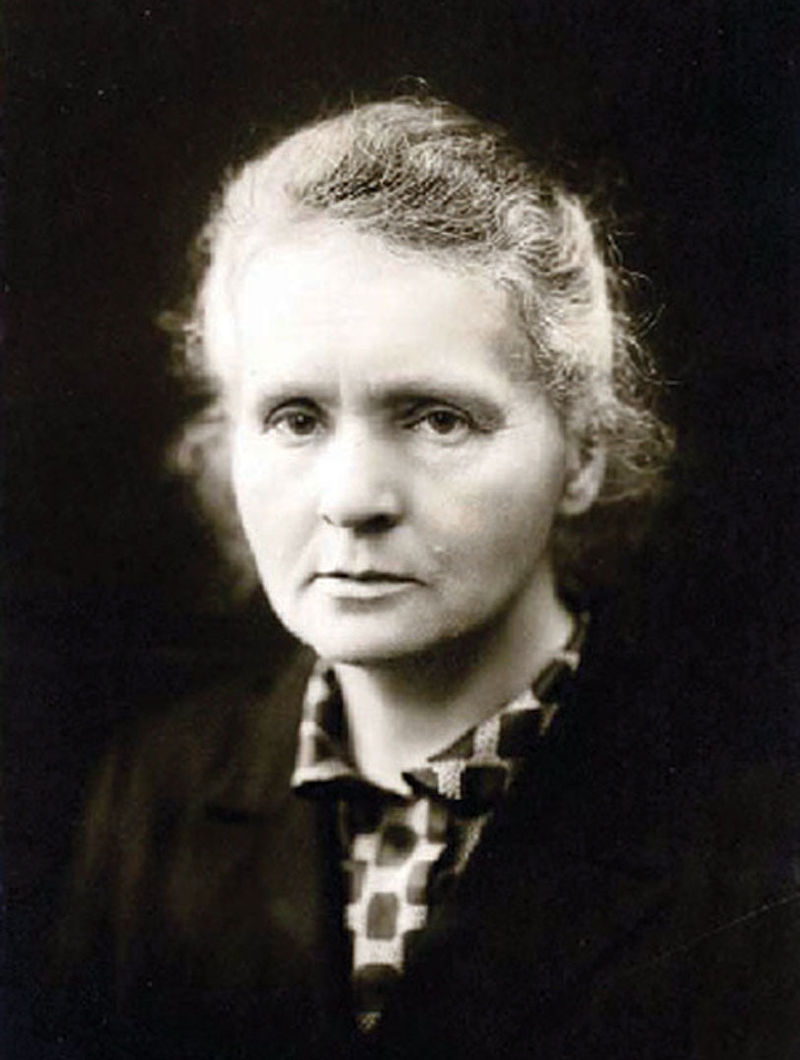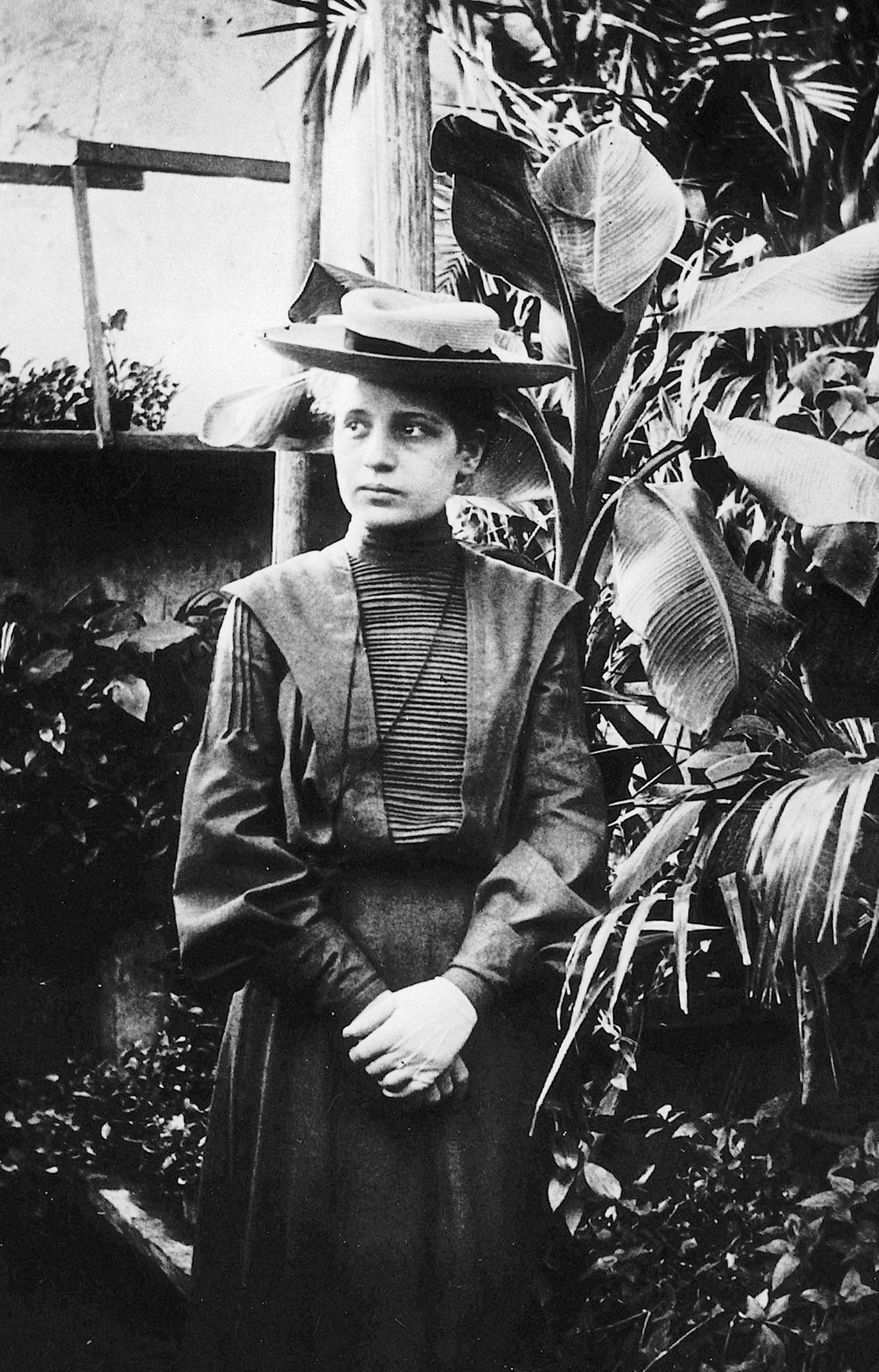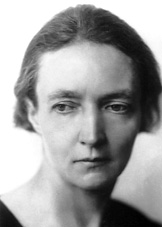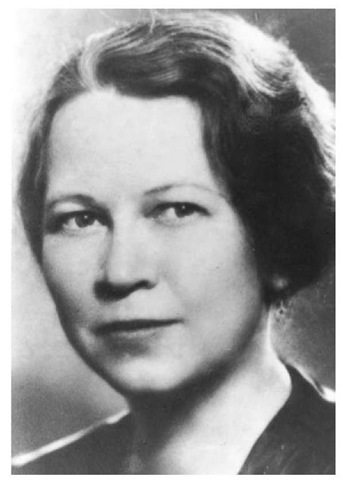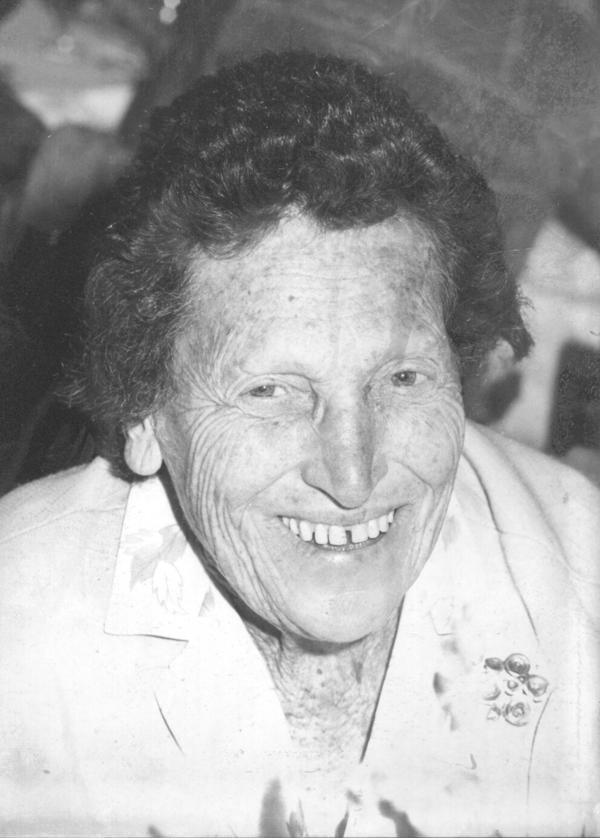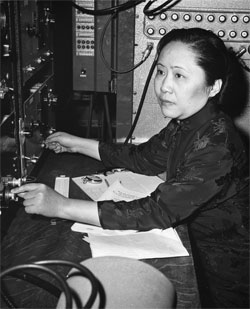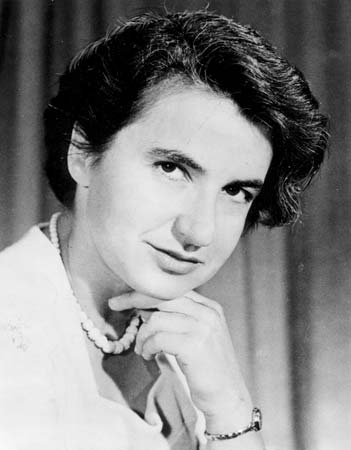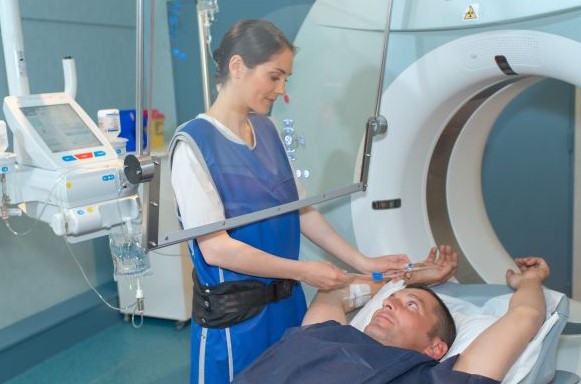Join us for week 7 of the Odyssey How To series with Odyssey Implementation Analyst Katelyn Waters. We discuss how to carry out certain functions of the Waste Management module and answer some of your frequently asked questions. Scroll down to view the full transcript.
Odyssey is a radiation safety software suite designed to help RSOs, EHS managers, and Radiation Safety Specialists manage affordable and efficient programs.
KB 00:11: Welcome to Part 7 of our 12-week How-to series highlighting Odyssey Radiation Safety Software. We’re back with Odyssey Implementation Analyst Katelyn Waters to talk about the Waste Management module. Today’s discussion will address some frequently asked questions we get about the module’s functionality, specifically its use in managing radioactive waste. Katelyn, do you mind giving us an overview of the Waste Management module?
KW 00:33: Absolutely KB. The Waste Management module here is 1 of 12 modules of Odyssey. It can help track location, activity, and disposal of any radioactive waste in your program. It directly connects with another of Odyssey’s modules, that being Inventory Tracking, and you can actually transfer materials from inventory tracking to waste management. If I navigate into this, we can see that there are six main sections: Sites, Locations, Transactions, and then three for containers.
Sites is where you can mark any of your existing Odyssey sites as somewhere that houses radioactive waste. Locations, you can designate more specific areas at those sites. And Transactions we’ll come back to, but we have three different types of containers: Open, In-Transit, and Closed.
Open is going to be waste containers that are located where ever radioactive materials are being used, where it’s actively accumulating. This could be a lab, a hospital, somewhere where there’s a waste container that’s being filled. Once that is filled or is ready for being transported, you can mark the container as In-Transit and it will get moved to this section or category. And once it’s at its final location if that’s going to be decaying on-site, somewhere where it’s awaiting disposal, if you’re transferring it completely off-site, it will be then moved to the Closed Container section. When the containers arrive at a waste site, they can be marked as closed.
KB 02:09: So you mentioned that you can move inventory from the Inventory Tracking module to Waste Management. Does that add the materials to a waste container here? Where do those materials go?
KW 02:21: Yeah, that’s a great question. I’m going to navigate back to the Odyssey page and actually go into Inventory Tracking for us. And you can dispose of materials either from Inventory Holdings which is our unsealed sources section, or from the sealed sources section. If you go into either of those you’re going to have a button at the top of the page that says “Dispose of RAM” or for the other sections “Dispose of Sealed Sources.” When you click that, you’re going to have a couple different options here. You can select which radioactive materials you’d like to dispose of, which sealed sources you’d like to dispose of… I’ll actually choose one for us here. And then your container option.
To clearly answer your question, yes, it’s going to be moved to one of the waste containers in the Waste Management module. This can either be an existing container that you want to select from or you can add a new one during this process. I’m going to select existing and choose one. Then once we select submit, it’s going to transfer that material to Waste Management and archive it in the Inventory Tracking module. So you’re still going to have a record of it in Inventory Tracking, it’ll be an Archived profile, but the material itself is going to be moved to that open waste container. We can see that it’s open by this word here in Waste Management.
KB 03:47: I can see that the material that you transferred under Waste Materials, and that there’s other material already added to the waste container. Is there a limit to how many materials you can add?
KW 03:59: You can add as many materials as you would like, that’s going to be this section here for anyone watching the video today. And, you can see that there are a variety of things added, like you mentioned KB. You can have a variety of different isotopes as well, we have quite the combination here. It’s going to track each individually. There’s an estimated current activity column, which is this one, this is going to go off of the reference date and activity that you already have in the system, as well as the half-life of that isotope, to consistently calculate out what that activity is at this moment.
For the overall container you’re also going to have this piece of information here, Projected Decay Date. This is going to take into account all of these different isotopes, what they are, what their half-lives are, what their current activity is, and try and estimate for you when all of that container’s contents are going to be approximately 0 activity. And we can see this one’s pretty far out based on the isotopes we have within this container.
KB 05:03: OK, great. And the Documents and Comments tabs are self-explanatory, but what is the Labels tab of the profile for?
KW 05:10: This is a tool that we have available actually for any item in Odyssey that has physical inventory associated with it, whether that’s going to be machines, equipment, any of the radioactive materials in inventory tracking or the waste containers like we’re looking at now. And what you can do is add in information from the profile, from this General tab, to a label that you can print out and affix to that waste container.
If I go ahead and look at this section right here I can select Variables. Once you select Insert it adds it to that label for you. I’ll go ahead and put in a few things here as some examples. After you add those it’s going to give you a print preview of what that would look like for the particular container that you’re looking at. This is the Unique ID for that container, the Location it’s at, as well as the QR code. The QR code is really nice because if you were to print this out and put that on that waste container, once you scan this QR code, it contains the URL for the profile and so it will take you directly here to this page of the profile.
KB 06:20: That seems like it would be really useful during inventories. I just have one more question. Do you mind explaining what transactions are and why they’re listed on this page? We didn’t cover that in the overview of the module.
KW 06:33: Sure thing. Definitely meant to get back to that as well. So Transactions are going to be used to move containers between those three different categories: Open, In-Transit, and Closed. You can also use them to mark containers for other actions that might have happened, whether that’s going to be an inventory that occurred, surveys, or a disposal method.
To do so, I can actually go back to that main transaction section, or there’s also this Perform Transaction button which is going to be available on all these container profiles. If I select that we have a form to fill out. It’s going to automatically populate with today’s date. I can choose what’s happening, this is a custom list for the account. For this example one we have just some disposal options listed here, some transit received options, as well as the one I’ll choose for example is survey.
If I select a waste site or waste location, it’s going to perform this operation on anything located at that site or at that location. Or, I can select them independently, select containers independently, here. If you come from a container profile like we did it’s going to populate that container in for you, which is the number 30 container. Once you’re ready you can select Submit. What it does is it performs that operation on the container for you. And it will put that in the history of waste transactions like this table list. So, we can see that container 30 was surveyed, the person that actually submitted that, as well as the date. And if we navigate back to the waste container profile, this is the same one we were looking at before, and scroll down, we have a waste transactions section where we can see that there are several things that have happened previously but we have the one that we just added in here from today’s date.
KB 08:27: Alrighty. And that wraps up our list of frequently asked questions for the Waste Management module. Thanks Katelyn, for walking through the module with me and explaining how users can use it to manage the movement and disposal of their program’s radioactive waste.
Schedule an in-depth demo with our Odyssey team to discuss how the software can assist you with your radiation safety management needs or visit our website to learn about Odyssey’s other radiation safety modules.

